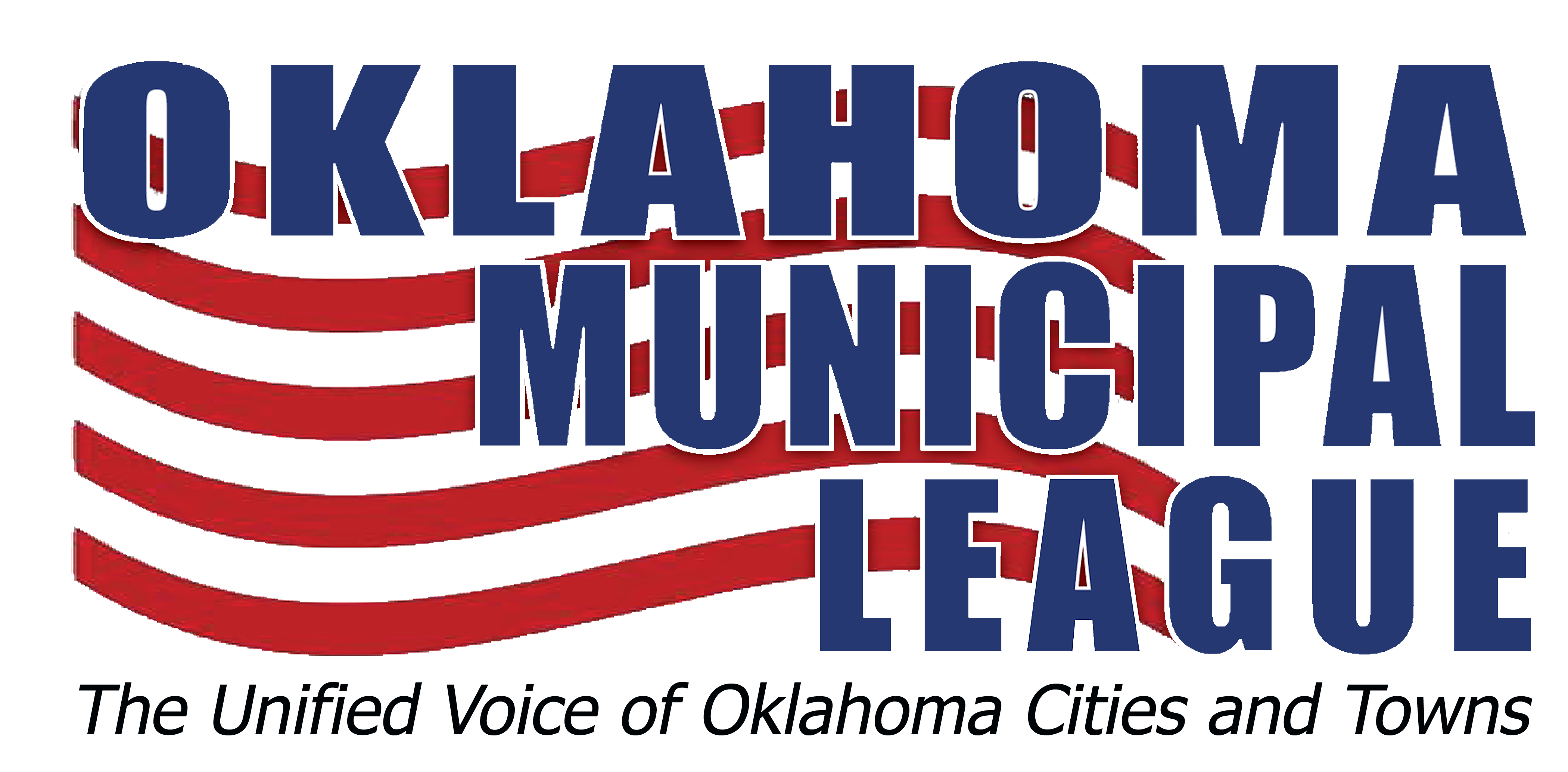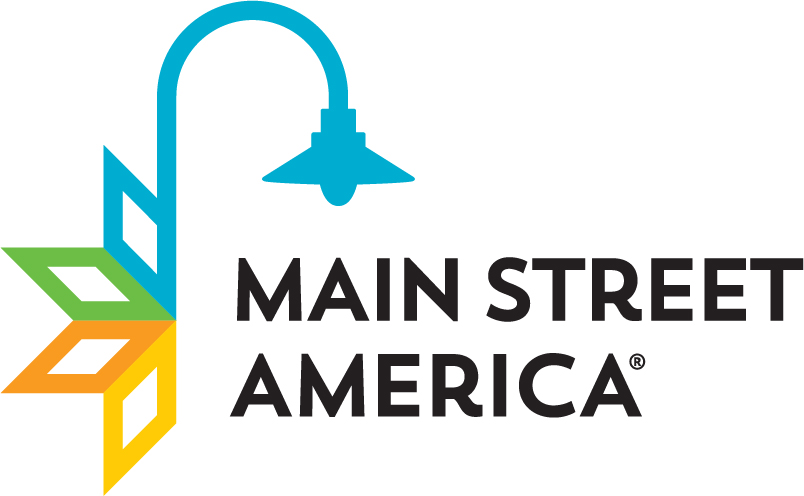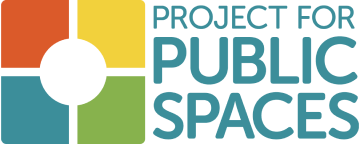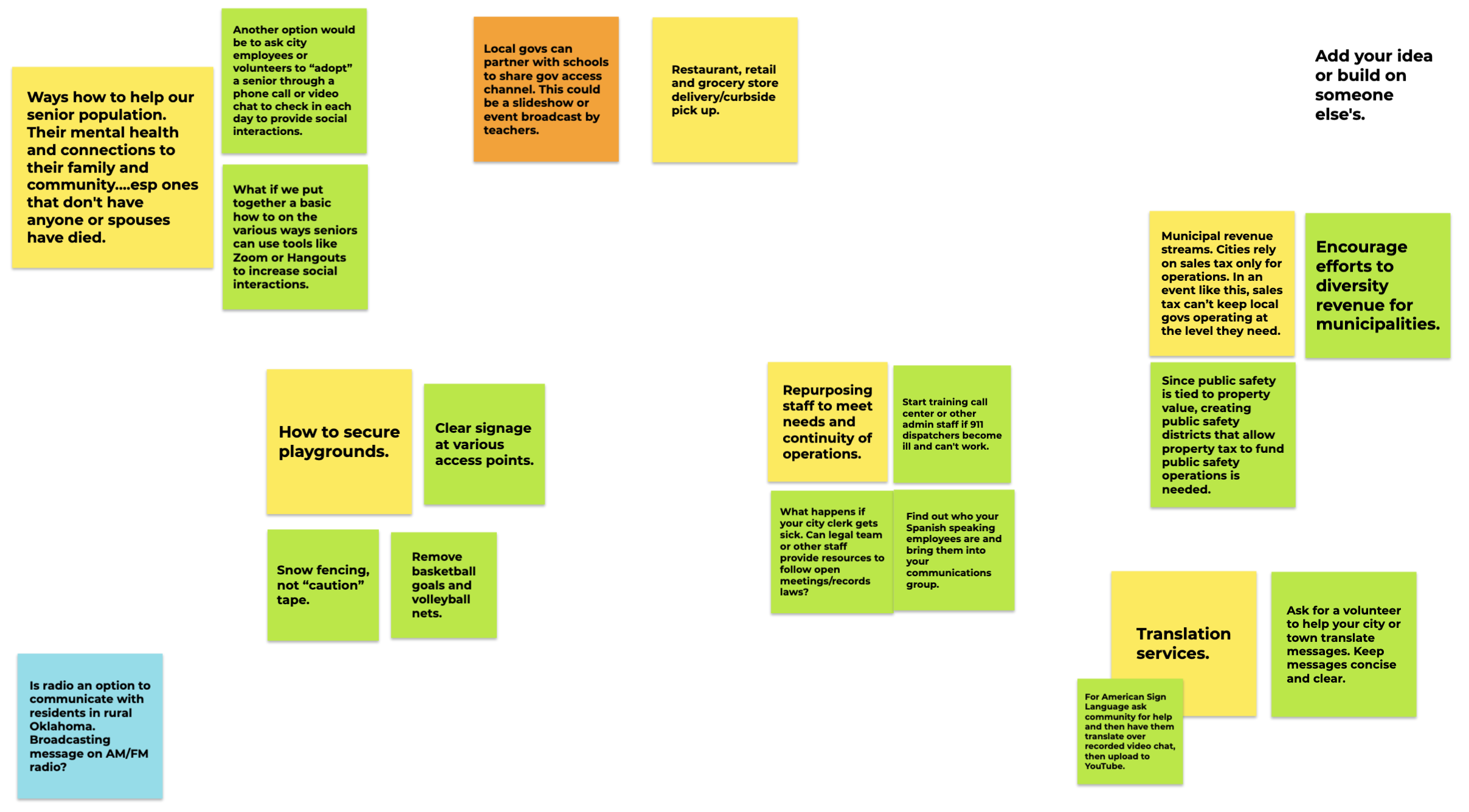Much of the world’s population is getting familiar with the term “social distancing” and what it means for daily life and personal well-being. This public health strategy in communities goes back a long time. More than 100 years ago, Oklahoma faced the 1918 Influenza Pandemic. Just like today, the mandated closure of businesses, schools, and churches, and the restriction of public gathering of any kind, were key to Oklahoma City’s 1918 efforts to stop the spread of the pandemic.
Without a doubt, social distancing is having a big impact on communities, as highlighted in recent articles by Streetsblog. US car traffic plunged 30% in one week due to social distancing measures. With roads empty, some drivers sped up and Streetsblog recommended community-driven ways to slow them down and noted that it is more important than ever to encourage slow speeds to prevent accidents that should send people to crowded hospitals. Some cities are repurposing all that empty road space to create more public spaces for people to enjoy.
Even as people are largely confined to their homes, we are seeing ways that individuals, local city staff, and community leaders are trying to keep cities going, maintain their strong sense of community, retrofit spaces, and preserve social ties. Many people are also looking ahead, so that we can plan to navigate our way out of this crisis on the other side.
This post features resources and ideas, whether you’re a local government employee or a neighborhood resident.
Community Leader Resources
Local Government Collaboration in Oklahoma
Zach Nash is maintaining a collaborative document with policies and resources for municipalities in Oklahoma.
The resource includes template policies and news releases and a brainstorming board maintained by collaborators from local government employees around the state.
Updates for Local Government

The Oklahoma Municipal League has a dashboard and frequent news updates useful for municipal officials and staff, especially policy updates. Sign up for the OML Newsletter for the latest updates.

The Mayors’ Institute on City Design has an excellent list of webinars, resources, and articles.
Resources for Main Street & District Managers

Main Street America has a portal with resources, webinars, and conversations for Main Street Managers and business owners in main street communities.

Project for Public Spaces issued strategies for how to manage public spaces during social distancing.
Tactical Responses from Residents and Local Leadership
Neighbors are finding ways to make their walks more interesting.
Jeff Speck’s theory of walkability says a walkable neighborhood has to be safe, comfortable, useful, and interesting! With many more people finding that a neighborhood walk helps keep them sane during social distancing, neighbors are finding ways to add interest to the walk.
Pictured:
Chalk art in Norman driveways.
A band plays in Midtown Tulsa streets.
“Bear Hunt” in windows in Gatewood neighborhood of Oklahoma City.
Scavenger hunt in Cypress, Texas.
Hot Toast Music Co, a local band that plays music for kids, surprised a midtown neighborhood with a social distancing concert on Tuesday.
(Video courtesy: Ayschia Kuykendall) pic.twitter.com/uyrPBAuDgW
— Tulsa's Channel 8 (@KTULNews) March 26, 2020
— jmonies (@jmonies) March 21, 2020
Neighborhood scavenger hunt! I love our neighbors and friends we’ve made here. A bunch of us moms put one picture visible from the street and our kids went “hunting” throughout the week. #SocialDistancing #LearnAtHome #StayHome #COVID19 pic.twitter.com/eWjyH627hM
— Joslyn Robeau (@jrobeauCFISD) March 26, 2020
Businesses and facilities are adapting interior spaces for social distancing.
Some interior spaces remain essential. Places like grocery stores and internal circulation of buildings have to be accessible and promote safe social distancing.
Pictured:
Touchless elevator button solution in Seoul, South Korea.
Interior adaptations like footprint markers at Super Cao Nguyen grocery in Oklahoma City’s Asian District.
Hi everyone,
Here’s what we’re doing to keep our team and our guests safe and #FlattenTheCurve:
*Installed glass at each register
* Added floor markers 6ft apart at each register
* Encourage guests to use the complimentary hand sanitizer located throughout the store. pic.twitter.com/xgFRdNt2k0
— Super Cao Nguyen (@supercaonguyen) March 26, 2020
Just been sent this by a friend in Seoul. The sign says “use toothpicks to press buttons”. #coronavirus pic.twitter.com/FnABr6Uaus
— Laura Bicker (@BBCLBicker) February 28, 2020
Cities are implementing interim street design.
Traffic and use patterns of city streets have changed dramatically. Traffic volumes are at a low. Demand for parking in urban districts is down, but demand for curbside delivery is up. Demand for recreational space is up and people need to keep distance from each other while engaging in outdoor recreation. Interim street design is filling the role as highlighted in these examples.
Pictured:
On-street parking converted to curbside pick-up in Oklahoma City.
Temporary bikeway networks providing safe alternatives to crowded public transit across Latin America. In Bogotá, Colombia, an additional 117 kilometers (72 miles) of protected bikeways have been added.
A tactical sidewalk widening in the UK.
Hacking a utility pole for a public hand sanitizer dispenser.
Local residents taking the spatial distancing guidelines into their own hands by spraying new lanes for runners on their street. pic.twitter.com/w1adHw0pvB
— Louis Rice (@DrLouisRice) March 28, 2020
Metered parking spaces are being converted into temporary curbside pickup for those who order takeout downtown. Thank you, @ParkingOKC! pic.twitter.com/Z0feL7iVYw
— Downtown OKC (@DowntownOKC) March 26, 2020
I'm gonna tape sanitizer bottles to every light pole within a 1 mile radius of my home. I dont wanna hear any of y'all giving excuses. pic.twitter.com/cJuTegrDv6
— Brutum Fulmen Pledges To Stay Inside🧢 (@BrutumF) March 12, 2020
Ampliamos nuestras ciclovías temporales y a partir de este martes llegamos a 117 km. Estaremos por toda la ciudad de 6:00 a.m. a 7:30 p.m. en jornada continua. Con esta medida evitamos aglomeraciones en el sistema de transporte público #SúbeteALaBici pic.twitter.com/cWFtw9UGuw
— Nicolás Estupiñán 🇨🇴 (@nico_estupinan) March 17, 2020
#SúbeteALaBici en las mañanas de 6:00 a.m. a 8:00 a.m. y en las tardes de 5:00 p.m. a 7:30 p.m. por los 22 km de ciclovías temporales y el resto del día por la infraestructura existente de ciclorrutas. Así luce a esta hora la calle 80 con Av. Ciudad de Cali. pic.twitter.com/WGo0TM2RFs
— Nicolás Estupiñán 🇨🇴 (@nico_estupinan) March 16, 2020
Neighbors are socializing- from a distance.
Make sure to follow all local guidance on social distancing or going into public spaces. That said, neighbors still want to socialize and be together however they can. Many are turning to virtual happy hours. Here are some of the ways people are keeping distance in the neighborhood without losing human connections.
Pictured:
With all of these online meetings, we sometimes miss our “sense of place,” especially at the beautiful University of Oklahoma. The Gibbs College of Architecture has shared virtual backgrounds for Zoom meetings that we can use for our meetings and classes.
Chat zone with appropriate distances marked on the sidewalk.
Neighbors are sharing messages on the sidewalk in the Gatewood area.
Distanced zumba in the street.
Oklahoma City rockstar Wayne Coyne took his famous plastic bubble for a walk in his Classen Ten Penn neighborhood.
Yes! @waynecoyne from @theflaminglips is the social distance master. pic.twitter.com/f684ovpVCp
— tyson todd meade (@DadaCamelTalk) March 28, 2020
Miss campus? Choose from a selection of our custom Zoom virtual backgrounds! Follow these easy instructions to get your new background now! https://t.co/d8YCSXbpqK @UofOklahoma pic.twitter.com/4tucT6nZm8
— OU Christopher C. Gibbs College of Architecture (@GibbsSooner) March 30, 2020
This is how we communicate now in @cityofokc #coronavirus @GatewoodHDOKC pic.twitter.com/x3ybRtbwjA
— Christopher Thomas (@MrThomasOKCPS) March 19, 2020
Local kids been busy with the social distancing street markings! pic.twitter.com/ITuQ79WTsf
— Mary Creagh Stay Home Stay Safe (@MaryCreaghMP) March 25, 2020
new quarantine idea: my neighbor is hosting social distance zumba classes in the middle of the street pic.twitter.com/OcgYLFwWsB
— alyssa (@alyssamurphyy) March 22, 2020
Enjoying the city virtually.
Cultural institutions, public spaces, venues, and businesses are all finding ways to stay connected and provide fun experiences as people are busy social distancing. Here are some fun examples locally.
Pictured:
Norman Arts Council launched resources to turn the city’s local art collection into curriculum for local teachers and parents.
The recently-launched Independent Shopkeepers Association has a guide for shopping and experiencing local businesses online. Member shopkeepers are from Oklahoma City, Tulsa, Norman, McAlester, Yukon, The Village, and Nichols Hills.
The Oklahoma City Museum of Art is showcasing its collections, films, and local art from the city virtually.
The National Cowboy & Western Heritage Museum has a new social media manager. Tim #HashtagTheCowboy is a security-guard-turned-virtual-tour-guide winning hearts all over the nation.
Tower Theater and Ponyboy are keeping live music going in the Uptown district of Oklahoma City, with its #LiveFromPonyboy concert series.
View this post on Instagram
#LivefromPonyboy 🎉 https://t.co/dWqGRj1jsr
— Uptown23rd (@Uptown23rd) March 30, 2020
If you are looking for new ways for your student to learn from home, think about using our Public Art is SmART program, featuring lessons on science, math, language arts, social studies and more, inspired by Norman's public art collection! Learn more at: https://t.co/cnIE0qM1GR pic.twitter.com/hwvxQrmHNv
— Norman Arts Council (@NormanArts) March 24, 2020
#OKC is home to a lot of great public art and artists that help make the culture (and scenery!) bright and vibrant. Every Saturday we will highlight a work or local artist that help enrich our day-to-day lives. pic.twitter.com/i5KcVwyhvo
— OKC Museum of Art (@OKCMOA) March 21, 2020
View this post on Instagram

